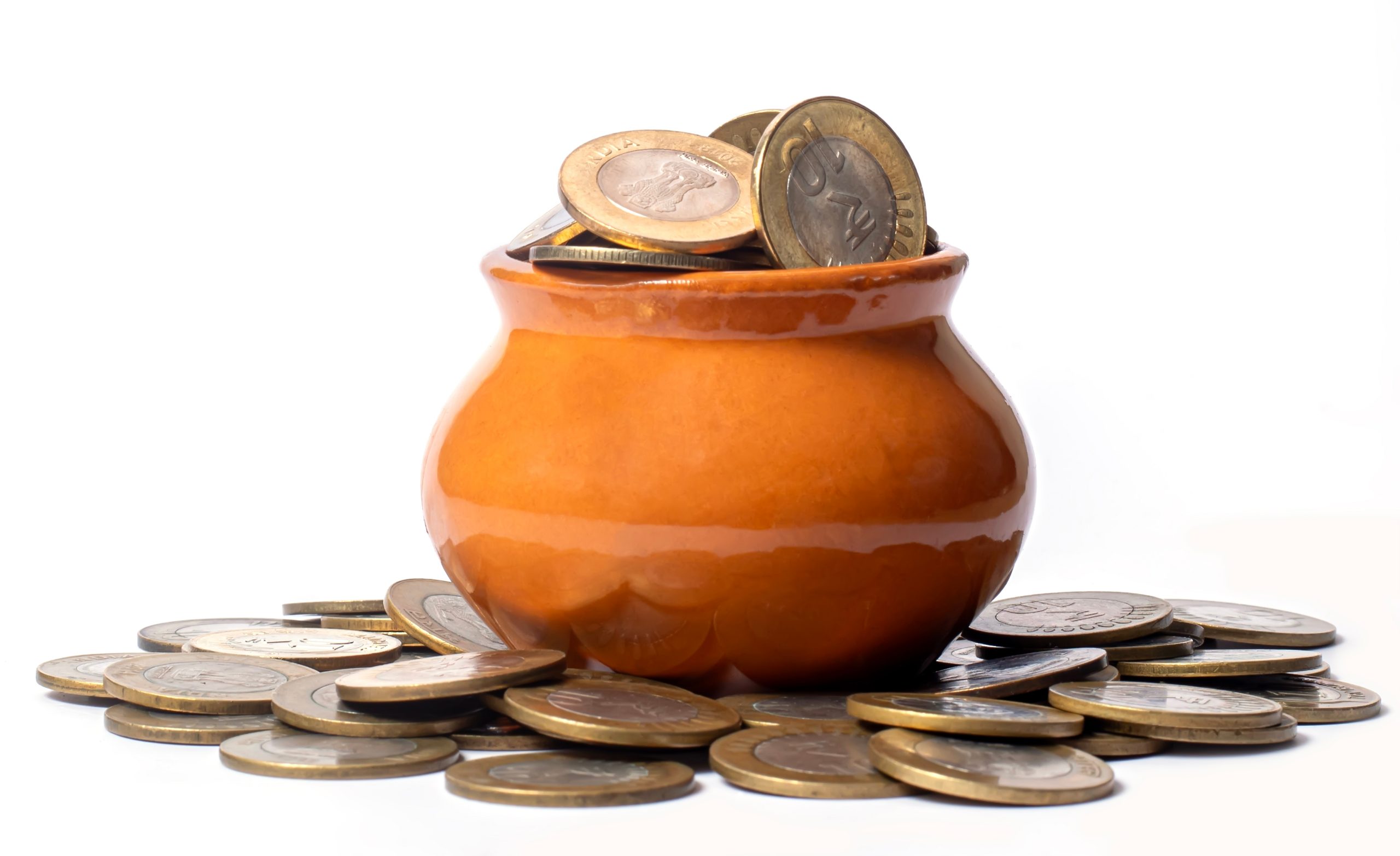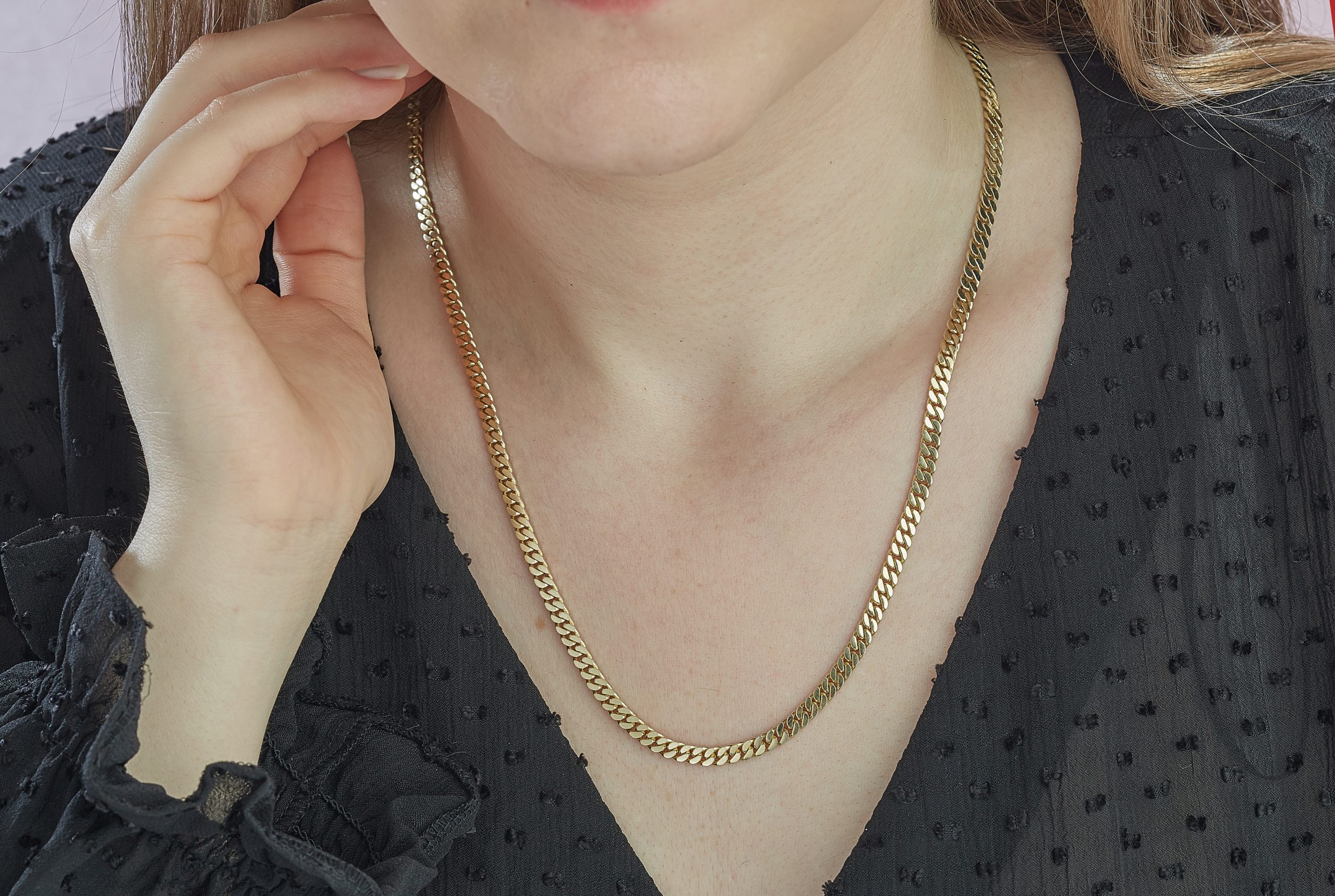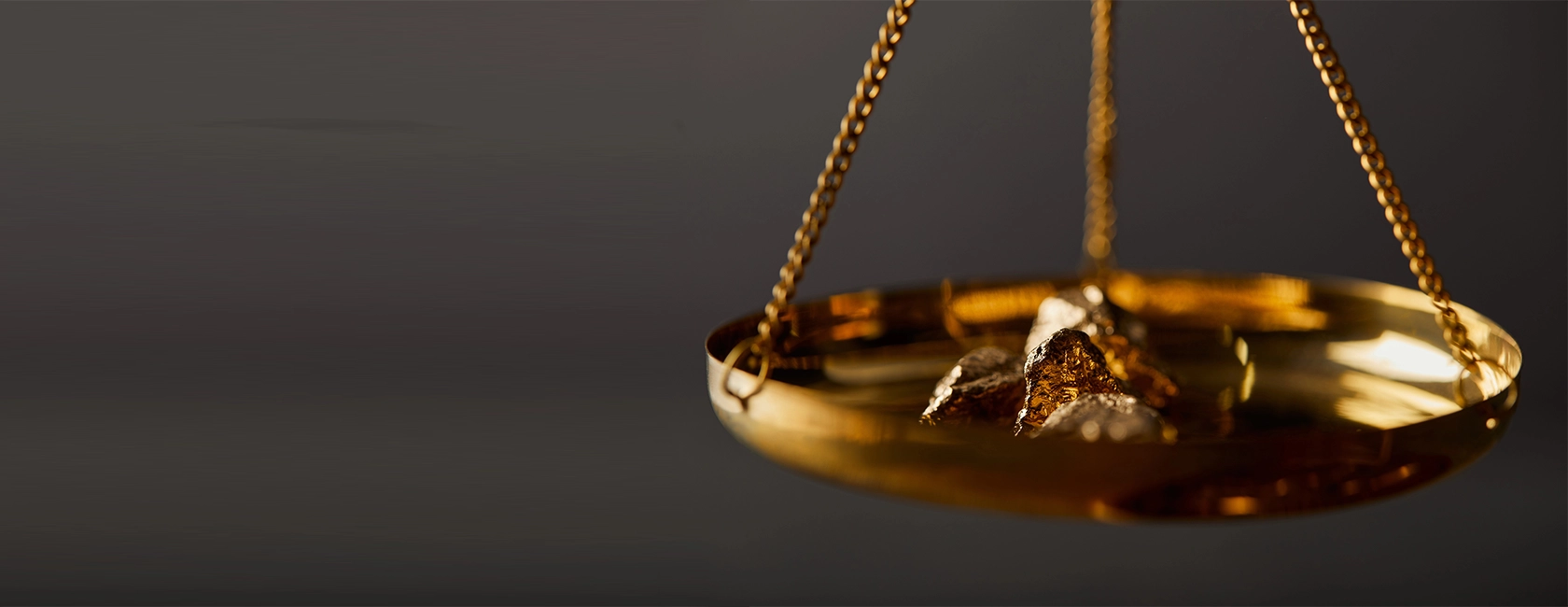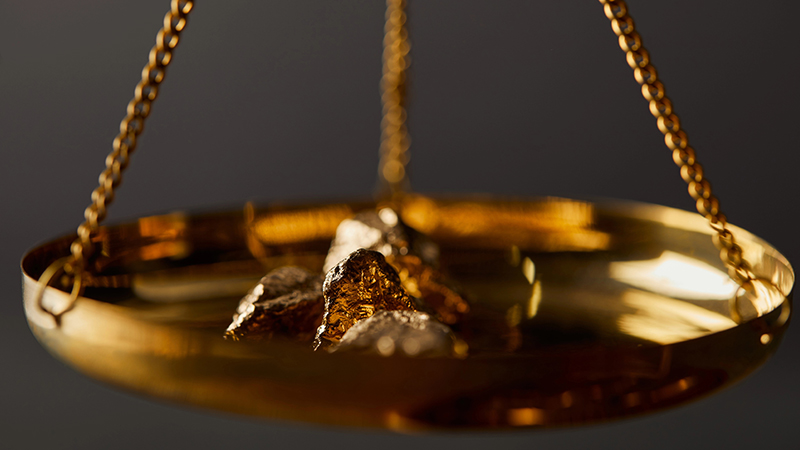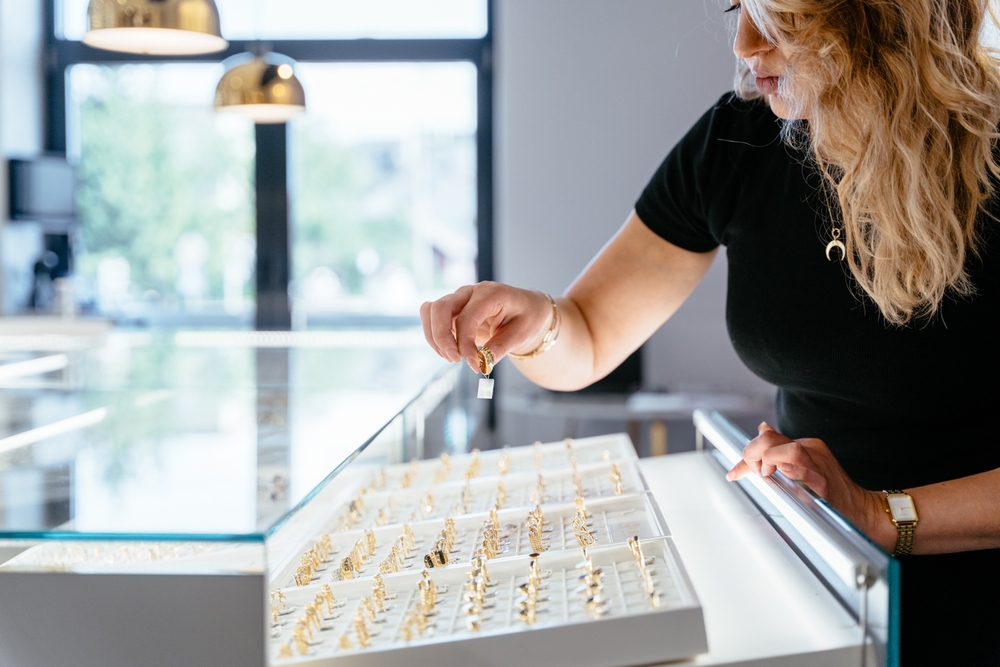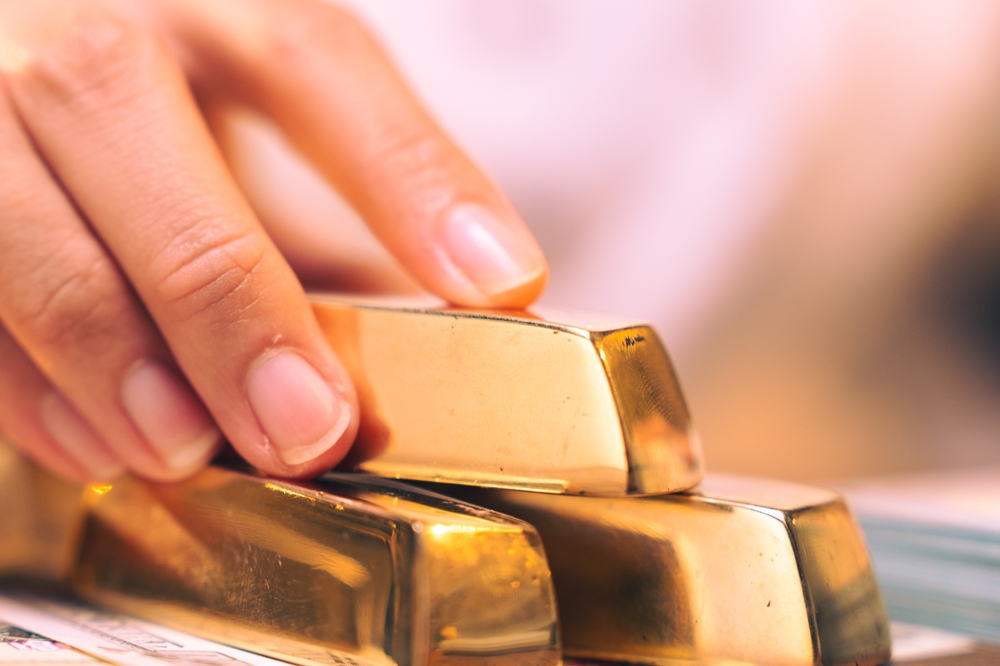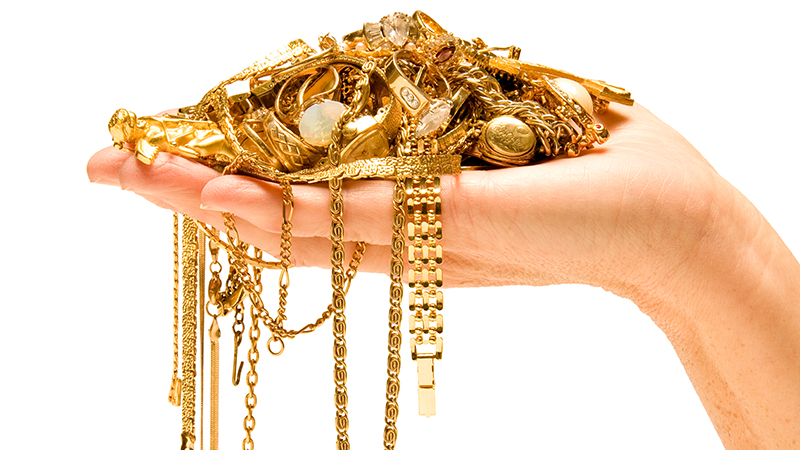Estate jewelry often holds a deep emotional value, especially when it comes from someone close. However, the reality of owning such items sometimes brings a practical dilemma. For instance, a piece might not suit your personal style or might simply sit in a drawer for years. Therefore, deciding to sell inherited gold or heirloom jewelry is not always about financial gain, but rather about thoughtful release.
In other words, parting with these pieces can be a way to honor a memory rather than keep an unused item hidden. We often help clients work through this complex situation with sensitivity. Meanwhile, we guide each person toward making a decision that feels right for them. Every item tells a story, and those stories matter even during a sale.
Evaluating Sentimental Gold: What to Keep in Mind
Some people believe keeping inherited gold is the only respectful option. However, selling doesn’t mean forgetting. It means transforming unused pieces into something that brings value into your life. To clarify, the monetary return from selling gold can fund something meaningful, such as a child’s education or a family trip. This shift in mindset often brings peace to those struggling with the decision.
Firstly, evaluate the item’s condition and authenticity. Secondly, consider whether it has resale value based on karat quality, weight, and demand. If unsure, start by researching your options with a trusted provider of gold and jewelry buying services. That step allows you to approach the sale with knowledge instead of doubt.
When the Sentiment Is Strong but the Jewelry Is Not Worn
There are times when a ring or brooch was clearly dear to someone you loved, but it no longer fits your life. On the other hand, it may bring a sense of guilt to let it go. We’ve seen many people in this situation, unsure whether keeping or selling is the better choice. Most importantly, the final decision must honor both your emotions and your present reality.
In some cases, separating the memory from the material item can bring clarity. For instance, keeping a photo of the piece or writing down its history preserves the legacy without needing to hold onto the item itself. Moreover, sharing this story with others in your family can pass down the sentiment while allowing you to move forward. We’ve found this often helps reduce the emotional pressure.
Gold’s Practical Value: Understanding What You Have
Before taking the next step, it helps to know exactly what kind of gold you own. Estate jewelry is often older, and therefore it may contain high-purity gold or unique craftsmanship. That is to say, many pieces contain details that affect their value beyond just gold content. Likewise, certain markings or design features can boost resale potential.
You don’t need to decode everything alone. Bringing items to a trusted gold buying expert in Saskatoon makes a difference. During an appointment, gold is evaluated transparently and explained in clear terms. Consequently, you leave feeling informed rather than uncertain. We’ve noticed that clarity often replaces hesitation with confidence.
Separating Emotional Value from Market Value
Gold and jewelry often carry two very different values. On one hand, you have emotional significance tied to a memory or relationship. On the other, there’s the current market value determined by weight, purity, and condition. Most importantly, understanding this distinction allows you to approach the sale logically, even while respecting the sentiment behind the item.
To give an example, a simple 14k bracelet might be worth hundreds on the market, but its real value to you may lie in who gave it to you. Therefore, some people choose to keep one item and sell the rest. Others decide to sell all, using the proceeds to create something lasting in memory. Either choice can be valid if it aligns with your values and current needs.
Getting a Transparent Appraisal
When emotions are involved, transparency matters more than ever. That’s why we always advise arranging an in-person assessment where you can see the testing process unfold. Similarly, asking questions during the evaluation builds trust and ensures you understand how every figure is reached.
We encourage people to choose professionals who are clear about their methods. For example, those who test gold in front of you and explain each step offer reassurance. If you’re looking for that type of in-person gold evaluation in Saskatoon, it’s helpful to book ahead so the team can give you their full attention. After that, you’ll be in a better position to decide what to do next.
Making Peace with Letting Go
Sentimental jewelry can carry generations of meaning. However, holding onto something you never use doesn’t always serve a purpose. To clarify, letting go doesn’t mean you’re letting down someone’s memory. It simply means you are choosing to honor that legacy in a way that fits your life now.
Most importantly, give yourself time to come to peace with the decision. There is no rush. If needed, speak with family members or write down your reasons. Likewise, having a conversation with a trusted appraiser can also help bridge the emotional and practical sides. We’ve supported many clients through this exact moment, and it’s always deeply personal.
What About Broken or Mismatched Items?
Not every piece of inherited jewelry is in perfect shape. In fact, many collections include broken chains, single earrings, or outdated rings. However, that doesn’t mean they lack value. On the contrary, gold content is measured by weight and purity regardless of design. Therefore, even flawed or incomplete items may offer strong returns.
For instance, we often receive inquiries about whether broken clasps or missing stones affect gold value. The answer depends on whether you’re selling for metal value or collector interest. In most cases, gold content remains the primary factor. Consequently, it’s worth having all pieces assessed, even the ones that seem insignificant.
When It’s Time to Sell
Eventually, many people realize that the item no longer needs to be kept to preserve the memory. At that point, selling becomes an act of release. In other words, it’s not about getting rid of something, but about moving forward with intention. If you feel ready to take that step, ensure you’re working with someone who respects that perspective.
Some of our clients choose to use the proceeds for something meaningful, such as donating in someone’s name or investing in family milestones. That decision often transforms the experience from one of loss to one of continuation. For those who are ready, beginning with a transparent consultation is a responsible first move.
Estate Jewelry and the Next Generation
Sometimes the decision to sell is made not by the original inheritor, but by their children or grandchildren. This generational passing of responsibility can bring added pressure. However, the same principles apply. It’s not about obligation, but about making choices that reflect your current reality and emotional capacity.
Moreover, keeping every inherited item can eventually become a burden. On the other hand, selecting a few key pieces to retain while parting with the rest can bring balance. Families often appreciate the open communication and respect involved in this process. In short, honoring the memory doesn’t always require preserving every object.
Final Thought
Selling estate jewelry or inherited gold is never just a financial transaction. It is, above all, an emotional one. With the right support and clear information, however, that process can become a meaningful transition. We understand how sensitive this decision can be and are here to help you approach it with both care and confidence.
At Saskatoon Gold Buyers, we support clients with respect, transparency, and professionalism when navigating these decisions.
FAQs
How do I know if inherited gold has resale value?
The resale value of inherited gold depends on purity (karat), total weight, and current market demand. A professional assessment can confirm all of this quickly.
Can I sell jewelry that is damaged or missing parts?
Yes, even broken pieces or single earrings have value based on their gold content. Purity and weight are the key factors in such cases.
Should I clean the jewelry before bringing it in?
It’s not necessary. In fact, cleaning can sometimes remove marks or cause damage. Let the appraiser handle the inspection in its current condition.
What documents should I bring for inherited gold?
If available, appraisals, receipts, or certificates can help. However, they are not mandatory. The items themselves are usually enough for a full evaluation.
Is it better to sell inherited jewelry or repurpose it?
That depends on your personal connection and financial goals. Some choose to create new items from old gold, while others prefer to sell and use the funds elsewhere.

